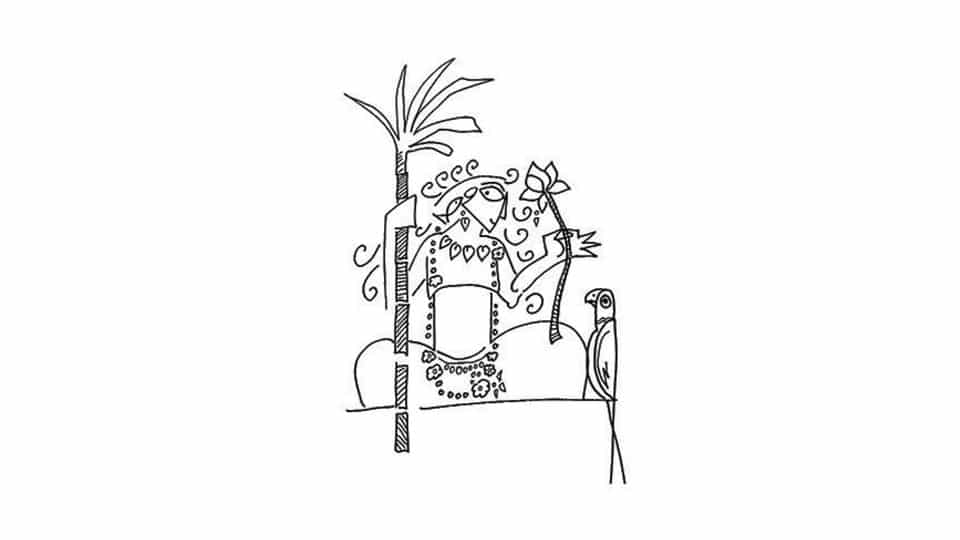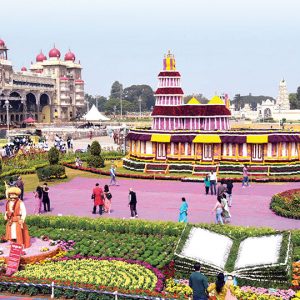By Dr. Devdutt Pattanaik – Author, Speaker, Illustrator, Mythologist
Shiva is called the destroyer because he destroys our desire — Kama, and he destroys death itself — Yama. Kama is associated with life, and Yama with death. Shiva destroys both the desire for life and the fear of death and thus he is the God of Liberation or ‘Moksha’. Imagine a world where we don’t have to do anything, and we don’t want anything, where there are no aspirations or obligations. Then we create Kailash, abode of Shiva, a world without wants or needs. When we live like Shiva without any wants and needs, we have no desire for wealth or power or success or staff.
That is why ascetics of India have no home, no property, no relationships. They are a burden to no one, and they have no burdens. They have no debt. No one owes them anything. They are free.
Kama put us in debt as he fills us with lust, desire, yearnings and longings. He makes us want to be rich, to have a bigger house, a bigger car, better clothes, to travel abroad, spend more money, have lavish weddings. When people become successful, they start outsourcing the work to other people because they can afford to do it and when they are very successful, they have an army of staff. In India, level one of success means we have no staff; level two has part-time staff; level three has one full-time staff; and level four has multiple, full-time staff. These are aspirations, wants. We don’t need them, but we want them. It is Kamadeva that wants us to have ambition, to think big, to start businesses, to move from level 1 to level 4. These are things we want to do and not have to do. Kama is an archer and his arrows that strike us fill us with sweet sorrow.
By contrast, Yama is about things we have to do. Yama embodies obligations. He is the keeper of debts. He forces us to be reborn till all debts are repaid. Debt is a very important concept in Hinduism — hrinn. They say we are all bound by debt and the whole purpose of Moksha or freedom is to be free of our debts. We owe our lives to our parents, our ancestors, our society and to nature at large and so have to repay all these debts before we can be truly free. Yama yokes everyone with his noose, and does not let go. He is the grim accountant of karma.
Thus, we have these two forces in our lives. There is Kama-deva who motivates us with desires and aspirations. There is Yama-raja who propels us to uphold our obligations and responsibilities. If we ask ourselves why we work, we realise it is not always because of aspiration. It is often because of obligation. We work not because we want to work but because we have to work. When we are struck by Kama-deva’s arrows, we have an inner drive. When we are bound by Yama’s noose, there is no drive. Work is only a burden to bear.
It is often assumed that Kama motivates the privileged and Yama propels the unprivileged. But that is not true. Many rich people work as they are obliged by family expectation and many poor people do what they do because they like it, and not necessarily because it makes them money. In the rainy season, across North India, young men are encouraged to carry water from Ganga to their village temple in pots that must never be placed on the ground. This is the kavad. It is a metaphor for the obligations of life that they must carry as responsible householders. They may not be struck by Kama’s arrows but they are obliged by Yama’s noose.








Recent Comments